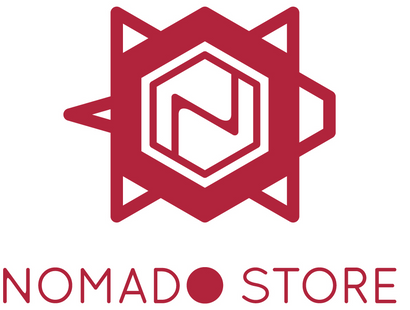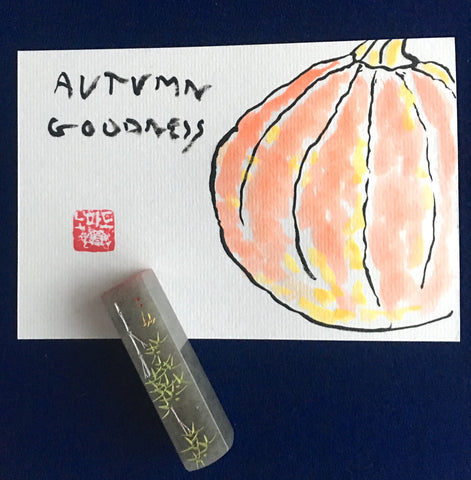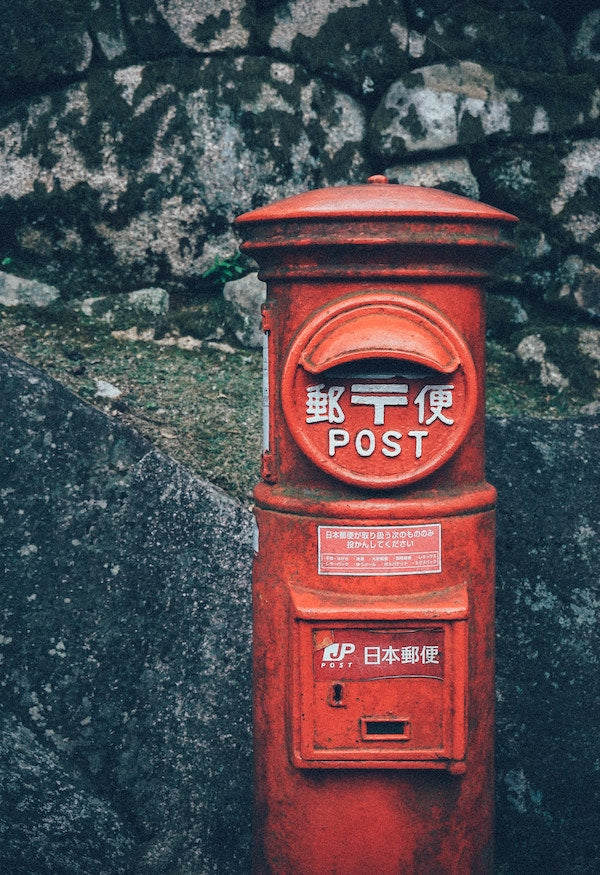Your Cart is Empty
Menu
-
- Home
- New Arrivals
- Brands
- .Urukust
- ai amu indigo products
- Akashiya
- APICA
- Artisan and Artist
- Ateliers Penelope
- Ateliers Phileas
- Carta Pura
- Cozyca products
- CROOTS England
- Daruma Factory
- Diamine Inks
- e+m
- Echizen Lacquerware
- Esmie
- Esterbrook Pens
- Exacompta Exatime
- Furukawa Shiko
- Herbin
- i ro se
- Jhands
- Kakimori
- KAPPADO
- Kaweco
- Kleid Stationery
- Kobeha Graphilo
- Kochi
- KOH-I-NOOR HARDTMUTH
- Kokuyo
- KOMO Handsome Linen
- Koyomi Seikatsu
- KUNISAWA
- Kyoku Haku
- Lamy
- Marineday
- Maruai Paper
- Masuya Monokaki Notebooks
- Merchant & Mills
- MD Paper Products
- Midori
- Musubi Furoshiki
- MWC
- Nagao Orifu Indigo Products
- Nanala Design
- Nomado Store
- O'CHECK DESIGN GRAPHICS
- Palomino Blackwing
- PAL PLANNER
- Papier Platz
- Peg and Awl
- Penco
- PICUS
- Platinum
- Rhodia
- Roterfaden
- Round Top
- Sailor Pen
- Sakae Technical Paper
- Sanby
- Shogado
- Smith's Leather Balm
- Sonnenleder
- Suatelier
- Taylor's Eye Witness
- TEN Stationery
- Tombow
- Tomoe River
- Tools To Live By
- Traveler's Company
- Tsubame Note
- TWSBI
- un.quatre atelier
- Uni Mitsubishi Pencil Company
- VAU
- Yamamoto Paper
- Ystudio
- Products
- By Price
- Blog
- Outlet
-
- About Us
- Contact
- Shipping
- Terms & Conditions
- Returns
- FAQ
- Login

Brands
- i ro se
- Jhands
- Kakimori
- KAPPADO
- Kaweco
- Kleid Stationery
- Kobeha Graphilo
- Kochi
- KOH-I-NOOR HARDTMUTH
- Kokuyo
- KOMO Handsome Linen
- Koyomi Seikatsu
- KUNISAWA
- Kyoku Haku
- Lamy
- Marineday
- Maruai Paper
- Masuya Monokaki Notebooks
- MD Paper Products
- Merchant & Mills
- Midori
- Military Watch Company (MWC)
- Musubi Furoshiki
- Nagao Orifu Indigo Products
- Nanala Design
- Nomado Store
- O'CHECK DESIGN GRAPHICS
- Palomino Blackwing
- PAL PLANNER
- Papier Platz
- Peg and Awl
- Penco
- PICUS
- Platinum
- Rhodia
- Roterfaden
- Round Top
- Sailor Pen
- Sakae Technical Paper
- Sanby
- Shogado
- Smith's Leather Balm
- Sonnenleder
- Suatelier
- Taylor's Eye Witness
- TEN Stationery
- The Superior Labor
- Tombow
- Tomoe River
- Tools To Live By
- Traveler's Company Japan
- Tsubame Note
- TWSBI
- i ro se
- Jhands
- Kakimori
- KAPPADO
- Kaweco
- Kleid Stationery
- Kobeha Graphilo
- Kochi
- KOH-I-NOOR HARDTMUTH
- Kokuyo
- KOMO Handsome Linen
- Koyomi Seikatsu
- KUNISAWA
- Kyoku Haku
- Lamy
- Marineday
- Maruai Paper
- Masuya Monokaki Notebooks
- MD Paper Products
- Merchant & Mills
- Midori
- Military Watch Company (MWC)
- Musubi Furoshiki
- Nagao Orifu Indigo Products
- Nanala Design
- Nomado Store
- O'CHECK DESIGN GRAPHICS
- Palomino Blackwing
- PAL PLANNER
- Papier Platz
- Peg and Awl
- Penco
- PICUS
- Platinum
- Rhodia
- Roterfaden
- Round Top
- Sailor Pen
- Sakae Technical Paper
- Sanby
- Shogado
- Smith's Leather Balm
- Sonnenleder
- Suatelier
- Taylor's Eye Witness
- TEN Stationery
- The Superior Labor
- Tombow
- Tomoe River
- Tools To Live By
- Traveler's Company Japan
- Tsubame Note
- TWSBI
Etegami! The Japanese Art of the Picture Letter
December 02, 2020 3 min read

The Japanese tradition of handmade New Years cards has existed for centuries. People paint or draw simple cards representing classic Japanese symbols, such as storks, turtles and next year’s animals of the zodiac.
In the late 1960s, when student calligrapher Kunio Koike (now called the father of modern etegami) decided he was exasperated by the rigid rules and traditions of calligraphy (Japanese culture is highly codified), he set out to invent an art form that would be spontaneous, honest and personal without being egocentric.
He called this new folk art that did not require special talent or years of training ETEGAMI or “picture letter”. It was very well received by the Japanese public and is still popular today, increasingly outside Japan.
Etegami consists of a simple colourful hand-painted drawing and a few well chosen words, on Japanese paper postcards to be sent to friends and loved ones by mail. The etegami motto is “heta de ii, heta ga ii” (It’s fine to be clumsy. It’s good to be clumsy). Talent is not required, etegami is an art of the heart and emotion.
Etagami is pure analogue: paper-based and painted using centuries-old “technology”, then sent off by post.
GUIDELINES
- Etegami is not about creating a technically perfect work of art, but about expressing a personal emotion and communicating it to the person who receives the card. Remember that the motto of Etegami is “It’s fine to be clumsy. It’s good to be clumsy".
- Etegami is a one-shot technique; just like Japanese calligraphy (shodo), you basically create the artwork in one go, you can’t erase paint and ink. The more spontaneous the result is, the better it will communicate your emotions.
- Etegami subjects are usually objects you see in your daily life and often from nature (fruit and vegetables for example). Copying other artworks or photographs is not recommended.
MATERIALS
- Practise paper – we use cheap watercolour paper.
- Japanese paper postcards (Gasenshi) in strong and weaker bleed grades.
- Sumi ink – either liquid or in stick form (recommended). Alternative: brush pen.
- Ink stone - for use with ink sticks, same as for calligraphy
- Gansai - Japanese watercolour paints. See our article on gansai.
- Water dropper
- Plum palette - for diluting or mixing paint
- Brushes (fude) One for ink and two for watercolours (see our 3 brush pack)
- Water cups - we use empty jam jars
- Felt underlay
- Stamp (chop) – can be made from an eraser. Red paste or ink.

POSTURE & TECHNIQUE
Etegame painting can be used as a meditation technique and just like in Zen meditation (zazen), posture is very important. In fact, ideally the idea is to achieve a state of mushin (無心) or as expressed by a famous zen conundrum, “a mind without mind, a mind of no mind”. In lay terms, mushin is explained as a mental state that allows for greater effectiveness in the performance of a traditional Japanese art.
For the best results, one needs to focus 100% on the creative process. If you have the time we suggest meditating before you start or at least making sure you are in a quiet environment with no interruptions.
1. Hold your brush loosely at the top of the shaft. This makes the brush tip more difficult to control producing less predictable results and forcing you to focus.
2. Raise your elbow to a horizontal position, relax your fingers, arm, and shoulders.
3. Practice first drawing shapes, lines, spirals, and letters on a piece of paper. Move the brush as slowly as possible. This will create irregular lines.
4. Choose a subject. Something from your daily life or immediate environment.
5. Use sumi ink and a line-drawing brush to draw the outline of the subject. we also recommend Akashiya ink brush pens for this.
6. Draw as slowly as possible, keeping your line thin (don’t apply too much pressure to the brush).
7. The edges of your subject can be outside those of the card. Remember to protect your work surface.

8. Add in colour: tap the surface of the card lightly and rhythmically with the brush. Use bright colours and try not to layer them or mix them. Avoid using more than 3 colours.
9. Empty spaces play an important role in Japanese art, you don’t really need to paint in a background.
10. Add text: write legibly. The message should be short and express your thoughts or emotions to the recipient. In the example shown, I added the text after drawing the contours.
11. Add your chop to the card

12. You’re done, mail it! (there’s nothing to stop you from scanning it or taking a pic and posting on social media, of course).
You will find everything you need for etegami on our Akashya page.
Subscribe
Sign up to get the latest on sales, new releases and more …

Newsletter
GET A 5% DISCOUNT OFF YOUR NEXT ORDER!
Keep informed of new products & exclusive promotions.
We respect your privacy.
